As the era advances and technology progresses, plastic products have gained widespread applications due to their convenience and practicality. Industrial plastic production worldwide constitutes a vast market, with PE, PP, and PET being the most common, often referred to as the traditional plastic "three giants." These plastics can be processed through various methods to produce a variety of plastic products, such as PET (polyethylene terephthalate), which is a primary component of common beverage bottles. While these plastic products offer convenience, their extensive use has caused serious environmental issues due to their strong resistance to biodegradation. This has spurred research into polymers that are functionally equivalent to traditional plastics but biodegradable.
PBAT, with processing properties similar to LDPE, finds primary applications in the field of film bags, especially in food packaging, mulching films, and agricultural films. Additionally, PBAT serves as a waterproof coating for certain products, such as paper cups, as well as in textile applications, disposable items like utensils and tablecloths, medical gauze, hygiene products (diapers), and personal protective equipment like gloves and respiratory masks. One of the most common applications of PBAT is in supermarket shopping bags. Observant individuals may notice significant changes in the texture and softness of these bags, as they are now often made from biodegradable plastics, including PBAT and PLA, following the implementation of plastic restrictions.
PBAT and PLA are both well-applied biodegradable materials, but what sets them apart?
The difference between PBAT and PLA is quite evident. PLA has a higher molecular modulus and greater tensile strength, but relatively poor ductility, making it a "rigid" material. In contrast, PBAT has a high fracture elongation rate and good ductility, making it very "flexible." Therefore, PLA is typically used to replace rigid materials like PP and PET in traditional plastics, suitable for injection molding, extrusion, blow molding, and vacuum forming. PBAT, on the other hand, is more like LDPE, mainly used for film blowing and bag making. Consequently, they are often used in complementary blends, with PLA enhancing the rigidity of PBAT films and PBAT improving the flexibility of PLA, embodying a balance akin to the concept of Yin and Yang in the I Ching.

Despite PBAT's many advantages, such as biodegradability, ease of processing, and application compatibility, it still has one drawback—it is produced from petrochemical products, making it a petroleum-based plastic and, therefore, not a renewable material from a technical standpoint.
And PLA is produced from corn starch and is biodegradable. It will be used in more fields in the future.
 English
English 日本語
日本語 한국어
한국어 français
français Deutsch
Deutsch Español
Español русский
русский português
português العربية
العربية ไทย
ไทย Malay
Malay



















.jpg)

